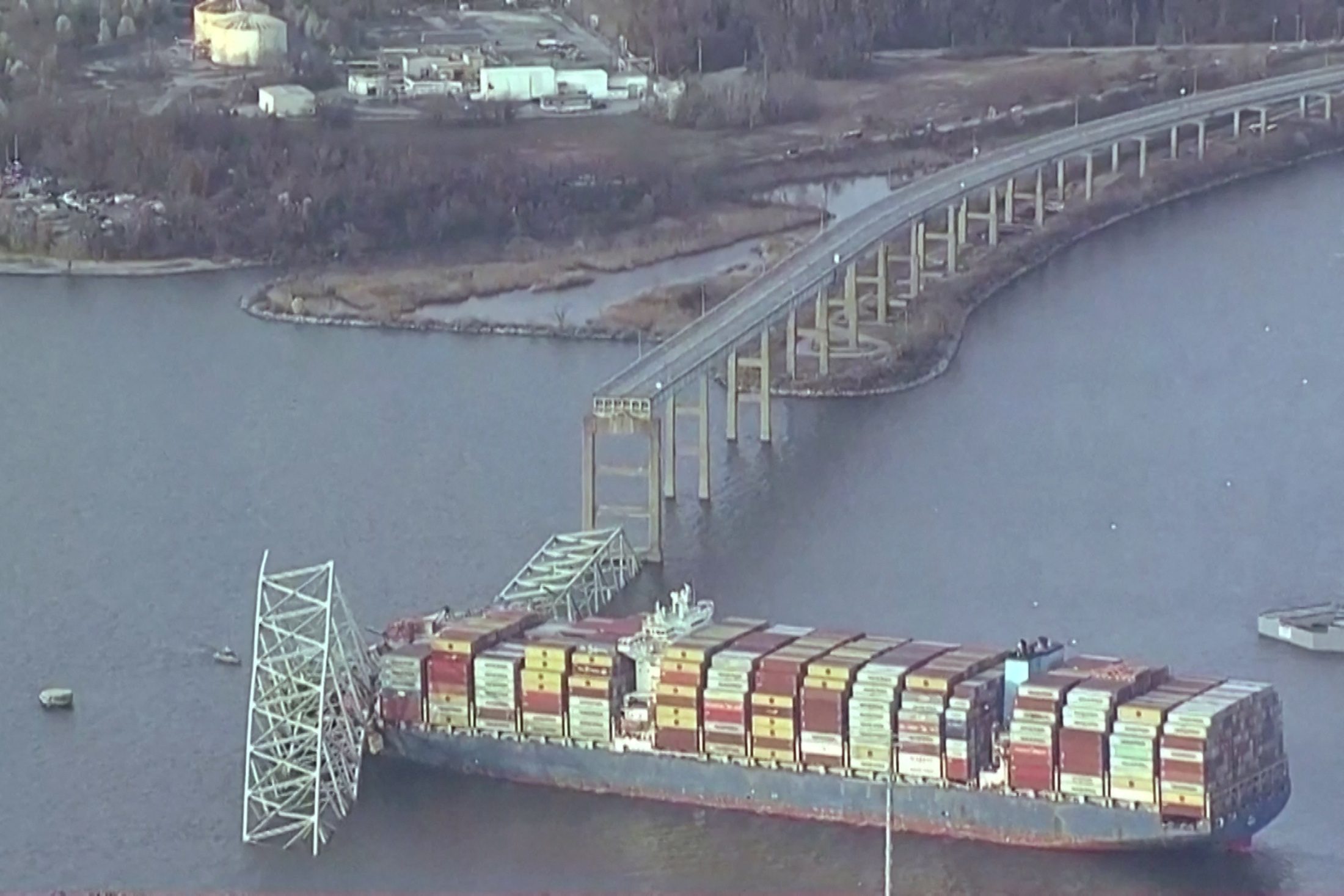News
The frantic moments before Baltimore Bridge ship crash

News
Stocks, AI and the economy: What to expect in 2026
2025’s market turmoil analyzed: AI hype, tariffs, global politics, and Federal Reserve impacts—tune in for expert insights!
News
Experts warn AI could trigger ‘Grey Swan’ events in the global economy
Experts warn that AI could trigger ‘grey swan events’ posing risks to economic stability, demand resilience strategies.
News
Oscars move to YouTube in landmark streaming deal from 2029
YouTube will stream the Oscars exclusively from 2029, making it free for over two billion users worldwide.
-



 News4 days ago
News4 days agoWarner rejects Paramount’s hostile takeover bid
-



 Shows4 days ago
Shows4 days agoJames Bozinovski: Reshaping retail with innovative strategies
-



 Tech3 days ago
Tech3 days agoAI stocks surge amid market shifts and spending warnings
-



 Ticker Views5 days ago
Ticker Views5 days agoAustralia is reeling from the worst terrorist attack on home soil. Could it have been prevented?
-



 News5 days ago
News5 days agoSupreme Court upholds TikTok ban: Free speech at risk?
-



 Tech3 days ago
Tech3 days agoAI investments set to surge in 2026 as companies target productivity gains
-



 News4 days ago
News4 days agoNSW weighs urgent gun law changes after Bondi shooting as firearm caps spark backlash
-



 News4 days ago
News4 days agoExperts warn AI could trigger ‘Grey Swan’ events in the global economy







